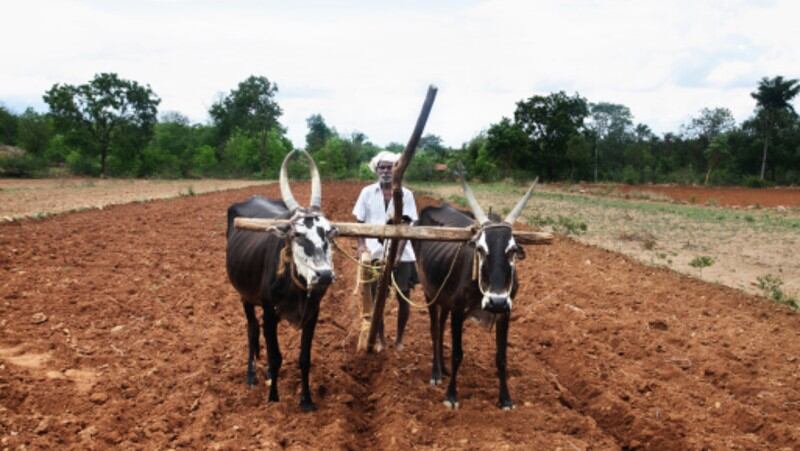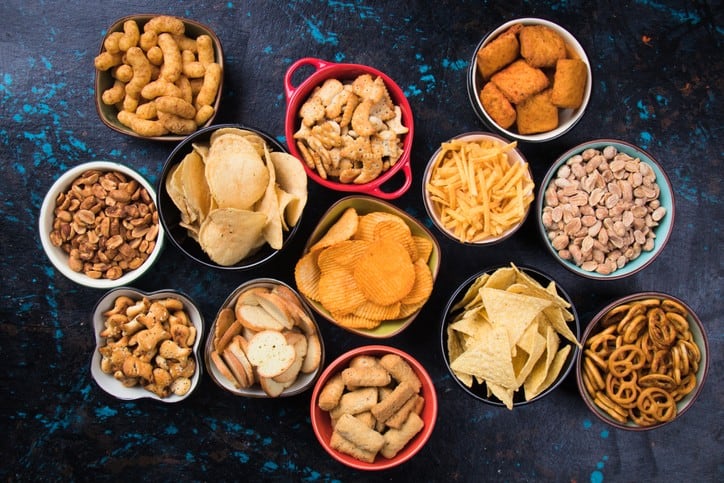India has been actively seeking a position as a global food security ‘hero’ of sorts during COVID-19, including pushing for ‘barrier free’ produce exports even through its own lockdown, and claiming that it has ‘no issues’ with local food supply.
“Contrary to steps taken by some other countries during this difficult pandemic period, India did not place any restrictions on exports of farm produce,” Trade Promotion Council of India Chairman Mohit Singla told FoodNavigator-Asia.
“In fact, the government has been taking requisite steps to ensure barrier free exports of surplus produce right from the first lockdown.
“India had commenced exports of rice, meat, dairy and processed food items in the initial days of April 2020 [and] export of agricultural commodities surged by 23% during March-June, 2020.”
He added that due to this stability in local food security, the main focus for the country at present is to expand global food trade.
“Due to its rich resource base and availability of sufficient surplus of essential food items, India does not face any issues with respect to domestic food supply,” Singla stressed.
“The priority is to sustainably grow India’s contribution to global agricultural trade in terms of commodities as well as processed food products - This will help boost farmer incomes in line with policy objectives as well as contribute to supply stability in the global market, particularly in the pandemic period.”
Indian government officials have also made promises on a global platform to ‘ensuring a stable global food supply’ through its agri-export policies, again assuring all who will listen that the country has enough food to provide for itself and others.
“[The] Indian government has taken prompt measures to mitigate the impacts of the pandemic which coincided with [winter] harvesting,” India Agriculture Ministry additional secretary Alka Bhargava told countries attending the UN FAO’s 35th Asia-Pacific Regional Conference (APRC), according to an official statement.
The country’s Agriculture Commissioner S K Malhotra also emphasised that India had achieved ‘record’ grain production and ‘successfully controlled’ the recent pest attacks by locusts and armyworms, and would support in.
That said, the UN FAO also highlighted at the conference that the APAC region contains over half of the world’s undernourished people, with South Asia in particular expected to see a rapid rise of about a third to 330 million by 2030 in light of COVID-19 – and India is likely to contribute to a very large proportion of this, despite all its promises.
According to UN data, India has nearly 195 million people who are undernourished and one of the world’s highest child undernutrition rates, taking roughly a quarter of the global hunger burden.
“Nearly 47 million or 4 out of 10 children in India are not meeting their full human potential because of chronic undernutrition or stunting,” said the UN on its website.
“This has [long-term lifetime] consequences such as diminished learning capacity, poor school performance, reduced earnings and increased risks of chronic diseases. The impacts are multi-generational as malnourished girls and women often give birth to low birth-weight infants too.”
Malnourishment in India
Perhaps even more worrying is that despite India’s claims to have achieved food security, the majority of its population may be able to afford an ‘energy-sufficient’ diet, but less than 25% can actually afford a ‘healthy’ diet.
According to a recent international report by the UN FAO, The State of Food Security and Nutrition in the World 2020, 99.1% of the Indian population can currently a basic diet that can just meet calorie needs, but only 22.1% can afford a healthy diet containing the ‘recommended intake of more diversified and desirable food groups’.
Some 60.9% of the population was found to be able to afford a ‘nutrient adequate’ but still not healthy, diet.
“The health impacts associated with poor diet quality are significant – [these are] a principal contributor to malnutrition [and] are significant risk factors for non-communicable diseases,” said the researchers.
In addition, although India is trying to combat malnourishment via large-scale programmes related to food security and poverty such as giving out free food rations during the COVID-19 lockdown, not only are these blighted by operational inefficiencies as confirmed by government data, but there tend to be ‘critical gaps’, according to the UN.
“[The] critical gaps [are] in terms of inclusion and exclusion errors - Women and girls are particularly disadvantaged,” said the agency.
This was echoed by the FAO researchers which highlighted what was called ‘efficiency problems’ with India’s food distribution programme.
“[India’s] Targeted Public Distribution System represents the largest social protection programme in the world, reaching 800 million people with subsidised cereals that can be purchased from more than 500 000 fair price shops across the country,” they said.
“[However, some studies have] found that the programme still faces efficiency problems, particularly in regard to targeting food insecure and poor population groups, [even if there has been] some positive impact on the intake of macronutrients.
Worse yet, agricultural and policy challenges are also coming to the fore despite the country’s ‘record’ production season, which shine may soon fade if these are not addressed soon.
“In India, policies that [are biased towards] staple crop production, such as fertilizer and credit subsidies, price supports and irrigation infrastructure (particularly for rice), have tended to discourage the production of traditional non-staple crops, such as pulses and legumes,” said the researchers.
“[This situation has] limited the supply responsiveness of vegetables and other non-staple foods. [Policies should specifically target] strengthened capacity for all-season vegetable production, and other high-value commodities to increase availability of nutritious foods.”
The UN added that some major agricultural challenges looming for India include slowing agriculture growth, climate change, land degradation due to imbalanced fertiliser use and shrinking bio-diversity.





